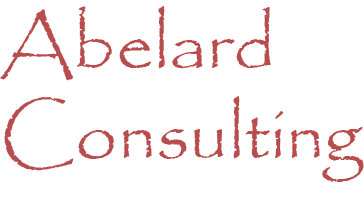Technical writers are trained to provide information in clear, comprehensive and audience-suitable ways. They assume the role of the readers’ advocate, stepping into a potential reader’s shoes and ensuring that what they will be expecting from a document when it is released is actually included in the document.
Capping it off, technical writers are language experts, fluent in providing language that is effortlessly understood and aided by illustrations where beneficial.
Much contemporary technical documentation that accompanies products (such as user manuals) is widely derided by purchasers for its vagueness, paucity of information and sloppy language. This leads to brand damage, something a professional technical writer can help prevent.
There are a number of reasons:
- Engineers are considerably more costly than technical writers.
- An engineer's over-familiarity with a product can blind them to the need to provide introductory material that novice users might need.
- Technical writers provide fresh eyes and will often see conditions and edge cases that those familiar with the product overlook.
- Technical writers are especially trained to present complex material in ways that neither waste a reader’s time nor treat them us dumb …
- … and many more.
It is difficult to be precise as it invariably depends on the complexity of the product or system being documented and the availability of up-to-date reference materials (such as design, requirements or use-case documents).
However, Australia Standard AS/NZS 4258 does provide a useful algorithm:
“It takes approximately 3 hours per page to write [technical] text to publication standard.” (p. 26)
For online materials, such as web help and FAQs, 3 hours per topic is considered a reasonable first estimate.
NOTE: these figures are for the complete documentation process: from research and planning to drafting, from drawing illustrations to taking screenshots, from reviews by subject-matter experts to final publishing and archiving.
Many think of editors as people who just correct typos, grammatical errors and unconventional punctuation, tasks that can easily be assigned to software plug-ins and AI bots. But professional editors do much more.
With their special skills editors can quickly turn a piece of convoluted, vague, ambiguous and tortuous text into simpler, clearer text that is effortless to read and immediately understood. This cuts both time-thievery – stealing readers’ time by expecting them to read for longer than they should have to – and reader alienation (where readers lose engagement with the document and may even abandon reading).
Alienation from documents that are to accompany consumer products (such as user manuals) can damage the brand … especially now that social media is endemic.
There are two main types of document editing: copy-editing and structural editing.
Copy-editing primarily considers the appropriateness of the language: is it suited to the intended readership; is it free of distracting breaches of conventional English (such as typos, odd punctuation and grammatical flaws); are there internal inconsistencies (of style, statement, tone and English variant), are there potential legal and sensitivity issues; and much more.
Structural editing considers issues of readability and usability: is information clearly organised and maximally useful; is the sentence and paragraph structure light enough to ensure immediate comprehension; is cross-referencing useful, accurate and comprehensive; does the document actually provide what it states as its goal; and much more.


 Frequently Asked Questions
Frequently Asked Questions Want
to find out more?
Want
to find out more?
